
1. Go ahead—drink more coffee.
When was the last time you heard a doctor use the word miracle? Well, wake up and smell the coffee: “It’s amazing,” says liver specialist Sanjiv Chopra, MD, professor of medicine at Harvard Medical School. “Coffee is truly a lifesaving miracle drug.”
Though he says it’s still a “scientific mystery” how a simple cup of coffee works its wonders in the body, large
epidemiological studies repeatedly verify its astonishing benefits. Some recent research highlights:
• More than three cups a day lowers women’s risk of developing the most common skin cancer by 20 percent.
• More than six cups a day cuts men’s risk of dying from prostate cancer by 60 percent.
• Drinking at least one cup of coffee a day lowers women’s risk of stroke by up to 25 percent.
• Consuming at least two cups daily reduces women’s chances of becoming depressed by up to 20 percent.
“Drink it black, or at most put a little skim milk in it” to minimize calories, Dr. Chopra recommends. The benefits from decaf may not be as prodigious, so stick with regular if you can tolerate the buzz.
Dr. Chopra drinks at least four cups a day himself, though most people should limit themselves to two. And no, he jokes, “I’m not sponsored by Starbucks.”
Dr. Sanjiv Chopra is the author of Live Better, Live Longer: The New Studies That Reveal What’s Really Good—and Bad—for Your Health.
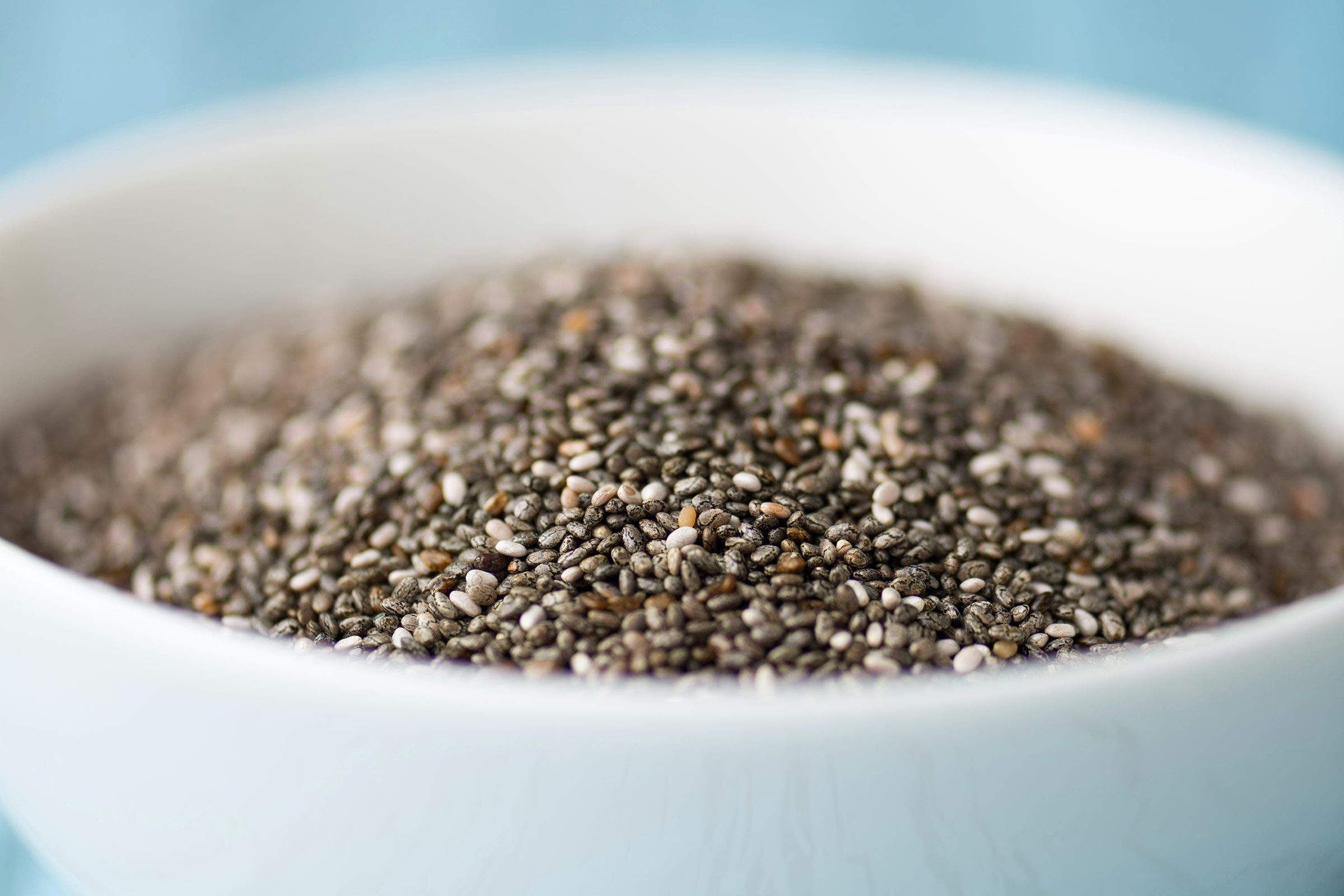
2. Pound protein in the a.m.
Protein helps persuade your brain and stomach that they’re well nourished and satisfied; skimp on it and your hunger might lead you right to a bag of potato chips, says holistic-medicine pioneer Mark Hyman, MD. In a recent study, volunteers whose daily protein consumption fell below 15 percent of their total calories were far hungrier after breakfast and ate more snacks throughout the day than those whose protein levels exceeded that amount. The extra nibbling put them on track to gain more than two pounds a month had they kept it up.
An important takeaway: Don’t save your protein for dinner, Dr. Hyman says: “One trick is to eat chia seeds [available in health food stores] in the morning. They’re very high in protein, have a very low glycemic load, and have lots of good omega-3 fats.” Soak them in water for a few minutes, and you get a tapioca-pudding-like treat, he says. “I love to add blueberries to mine. It’s a great breakfast.” Other prevalent (and portable) high-protein options: hard-boiled eggs and Greek yogurt.
Dr. Mark Hyman is the author of The Blood Sugar Solution and the innovator of the whole-systems medicine approach known as functional medicine.
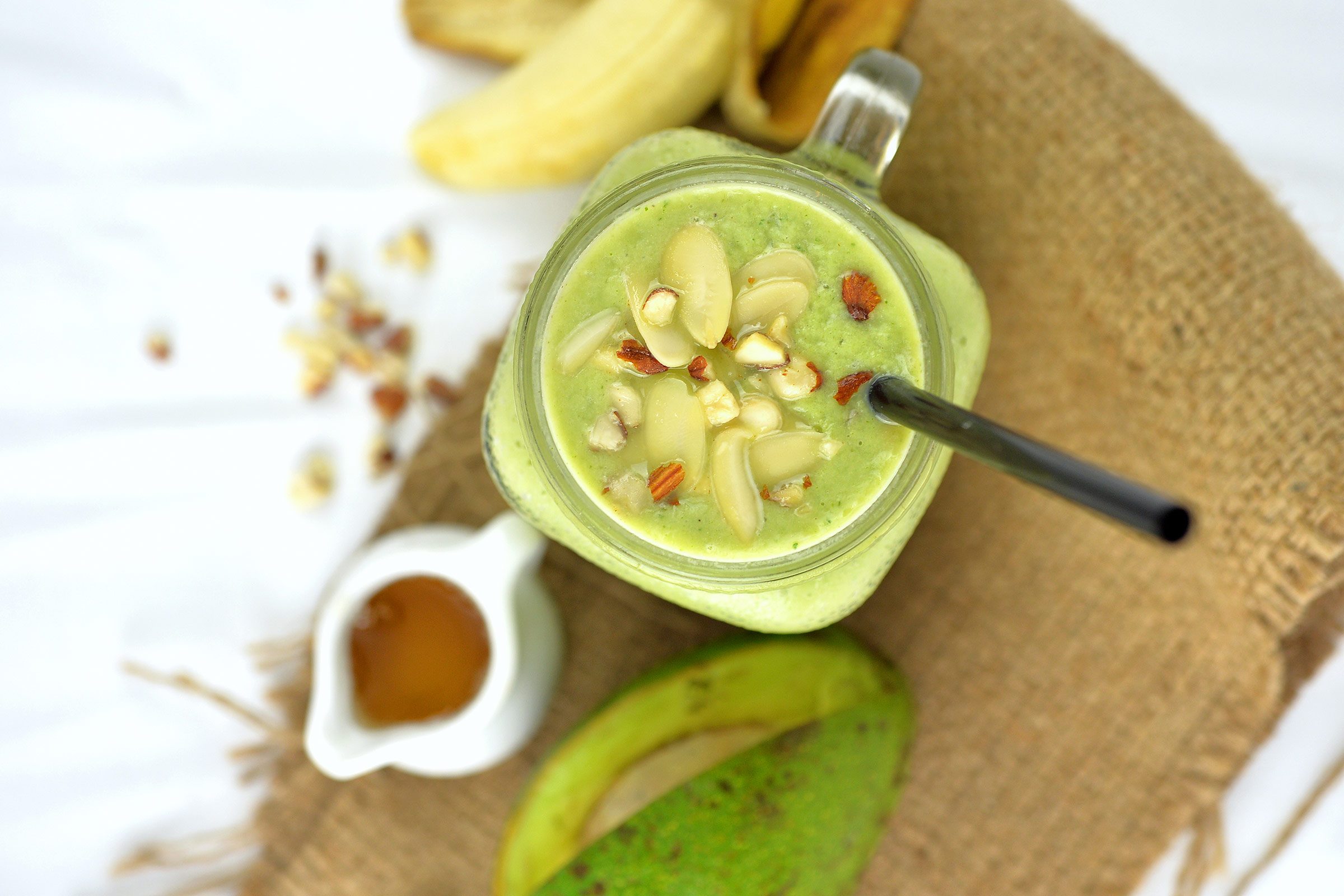
3. Pump up your potassium.
The new mantra among heart specialists such as Ohio State University cardiologist Martha Gulati, MD: Improve your sodium-potassium ratio, by either lowering your sodium or raising your potassium—or, better yet, by doing both. That’s because potassium blunts the blood-pressure-raising effects of sodium. The latest research finds that people with the unhealthiest ratios are more than twice as likely to die from a heart attack as those with the lowest. Another study reveals that raising your daily potassium intake by 1,600 mg (the equivalent of, say, a cup of milk, two bananas, a quarter avocado, and a half cup of raisins) will lower your risk of stroke by 21 percent. New guidelines recommend 4,700 mg daily. Other good sources include cocoa, dried apricots, fish, prunes, spinach, plain yogurt, and potatoes with the skin.
Dr. Martha Gulati is the author of Saving Women’s Hearts.

4. Stand up and count to 60.
Another good reason to be a stand-up guy or gal: It doesn’t matter how hard you hit the gym after work; if you’re spending much of your day sitting down, you’re sabotaging your dutiful efforts, says fitness guru Chris Freytag. The latest evidence: People who take the most standing breaks throughout the day—even as short as a minute—have slimmer waists, lower cholesterol, and better insulin response than those who take the fewest, regardless of how much other exercise they get.
Epidemiologists say hopping to your feet regularly also protects against cancer. In recent analyses, they determined that the colon-cancer risk of people who spent ten years at a sit-down job was almost twice that of those whose jobs involved more activity.
“We’ve engineered movement out of our lives,” Freytag says. “We need to engineer it back in.” Standing up while talking on the phone is a great place to start, she says, along with “walking meetings” at the office. “At first, people who try this say, ‘This is the dumbest thing ever.’ Then after a month, they say, ‘I’ve lost five pounds!’”
Chris Freytag is the developer of the workout program 10 Pound Slimdown Xtreme.
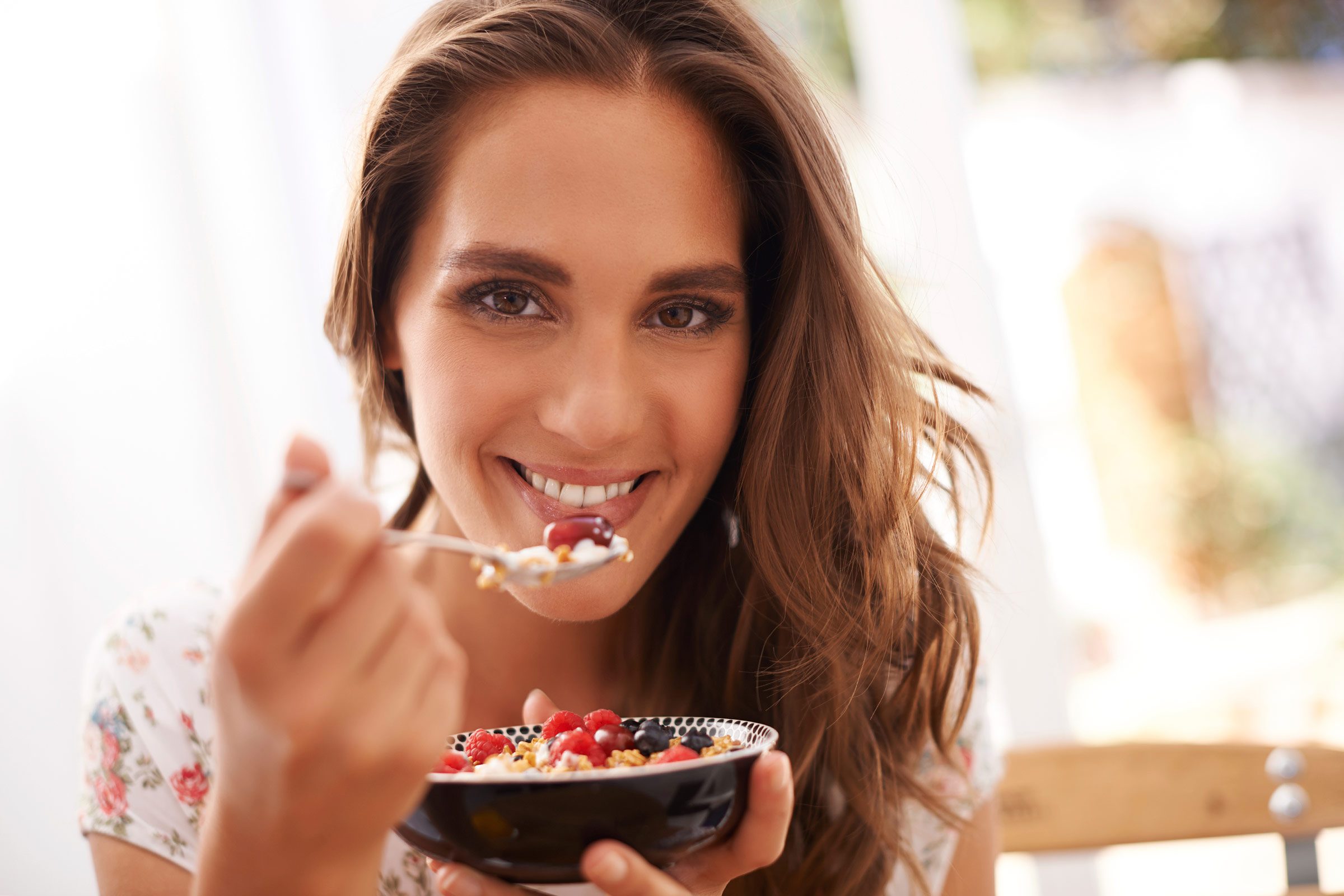
5. Early to bed, early to eat.
Here’s a good reason to call it a night—an early one: “Being a night owl might increase your waistline,” says sleep expert Michael Breus, PhD. People who stay up late and sleep late—specifically, they get more than half their sleep after 5:30 a.m.—also tend to eat more fast food and consume more of their calories after 8 p.m. than do normal sleepers. In one study, the more that subjects ate after 8 p.m., the higher their body-mass index, even after controlling for other factors.
“One of the easiest things that anyone on a diet can do to improve her results is go to bed and wake up at the same times every day,” Breus says. “This way, your body knows when to sleep and is much more efficient. Organize your eating, too, by trying to eat meals at the same times every day. Avoid eating after 8 p.m., and don’t miss morning meals by sleeping in.”
Michael Breus is the author of The Sleep Doctor’s Diet Plan.

6. Worship morning sun, seek refuge in the afternoon.
Sun lovers, take note: New research suggests your skin cells may be best able to combat the sun’s damaging UV rays early in the morning and are most vulnerable in the afternoon. Investigators say mice who were exposed to UV radiation near the end of their wake cycle developed five times as many tumors as those who got the UV blast shortly after they woke up. That’s because a certain DNA-protecting protein in mice—which humans also have—was highest shortly after they woke and lowest before they slept.
“If this is true for humans, and it’s really shown that morning exposure is less harmful, it will be a wonderful thing to know,” says Harrison, New York, dermatologist Jennifer Kitchin, MD. Don’t take this as an invitation to head to the tanning bed, which is a known carcinogen, she warns. But for activities like gardening and taking long walks with the dog, “for now, do them in the morning,” she advises.
Dr. Jennifer Kitchin is coauthor of The Dermatologists’ Prescription for a New You!
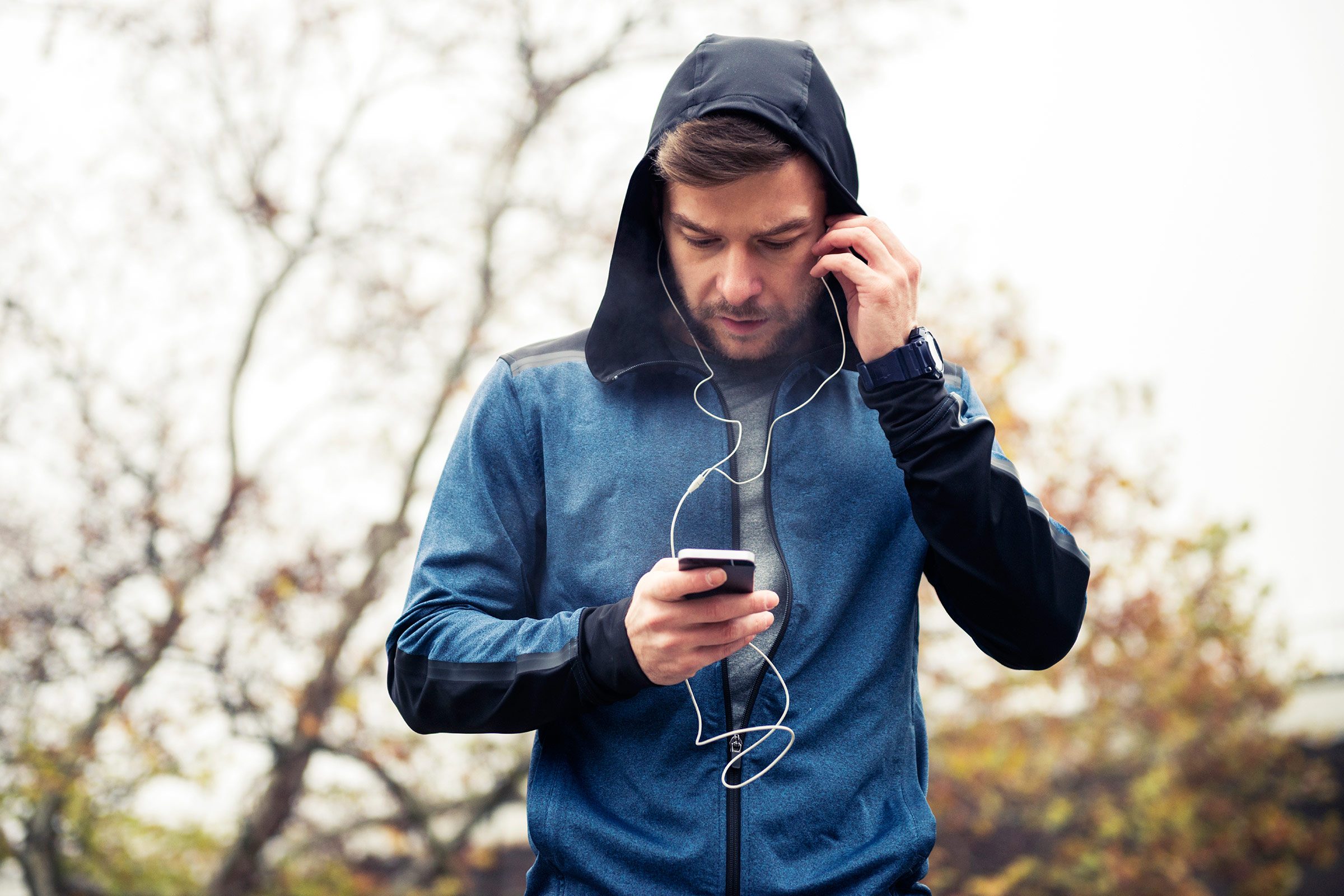
7. Take a walk for better (and better) memory.
Aerobic exercise is a twofer: good for your body, great for your mind, according to the latest research from brain-fitness
pioneer Arthur Kramer. To understand just how great, consider what happens in its absence. Every year, a region called the hippocampus, which is key to memory, shrinks by about 1 to 2 percent, increasing the risk of dementia as the years roll by. However, Kramer’s new investigations reveal that the hippocampi of adults who walked briskly for about 45 minutes three times a week grew by about 2 percent over the course of a year, staving off age-related shrinking.
It’s never too late to start exercising, Kramer says; volunteers in his research were between 55 and 80 years old and hadn’t exercised at all. And it doesn’t need to be strenuous. “Anything that raises your heart rate seems to work,” he says. “Walking is fine. Just find something you like and do it.”
Arthur Kramer, PhD, is a neuroscientist at the University of Illinois at Urbana-Champaign.
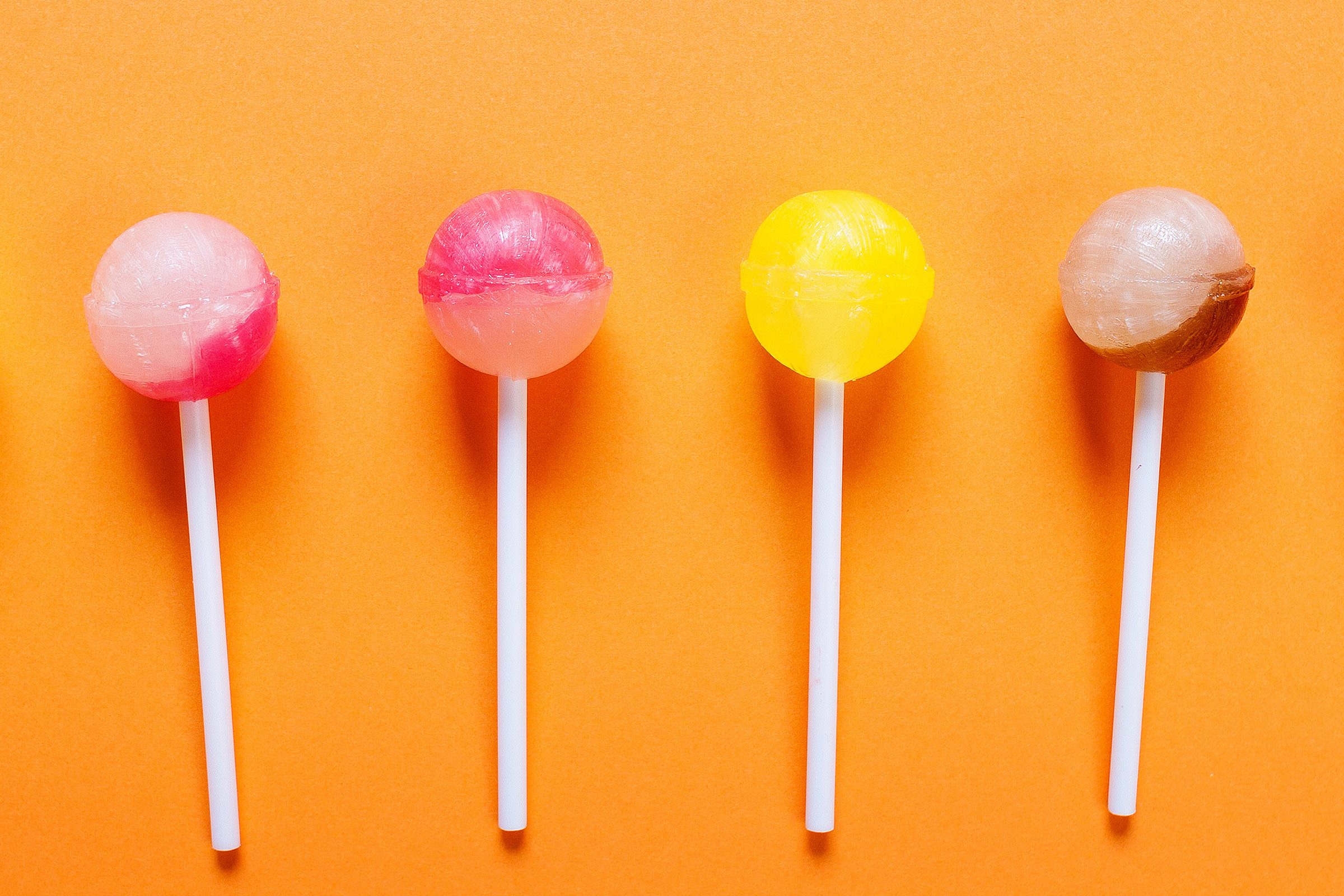
8. Beware of diet candy.
Don’t assume sugar-free confections are easy on your teeth. Recent investigations by Sok-Ja Janket, DDS, reveal that the sour and fruit flavorings in candies can interact with sugar-free sweeteners to create an acidic mix in your mouth that weakens and yellows teeth. The worst culprits are fruit-flavored lollipops because they dissolve slowly, giving acid more time to attack teeth. Chewing gum (even a fruit-flavored variety) is the least destructive, since it stimulates a flow of saliva that washes away the harmful acids. If you must have your hard candies, Dr. Janket recommends choosing any kind of mint flavor—peppermint, spearmint, wintergreen—or, her personal favorite, butterscotch. Otherwise, you know the drill: “Brush immediately after each meal or exposure to acidic foods and candies,” she says.
Dr. Sok-Ja Janket is a professor at the Goldman School of Dental Medicine at Boston University.
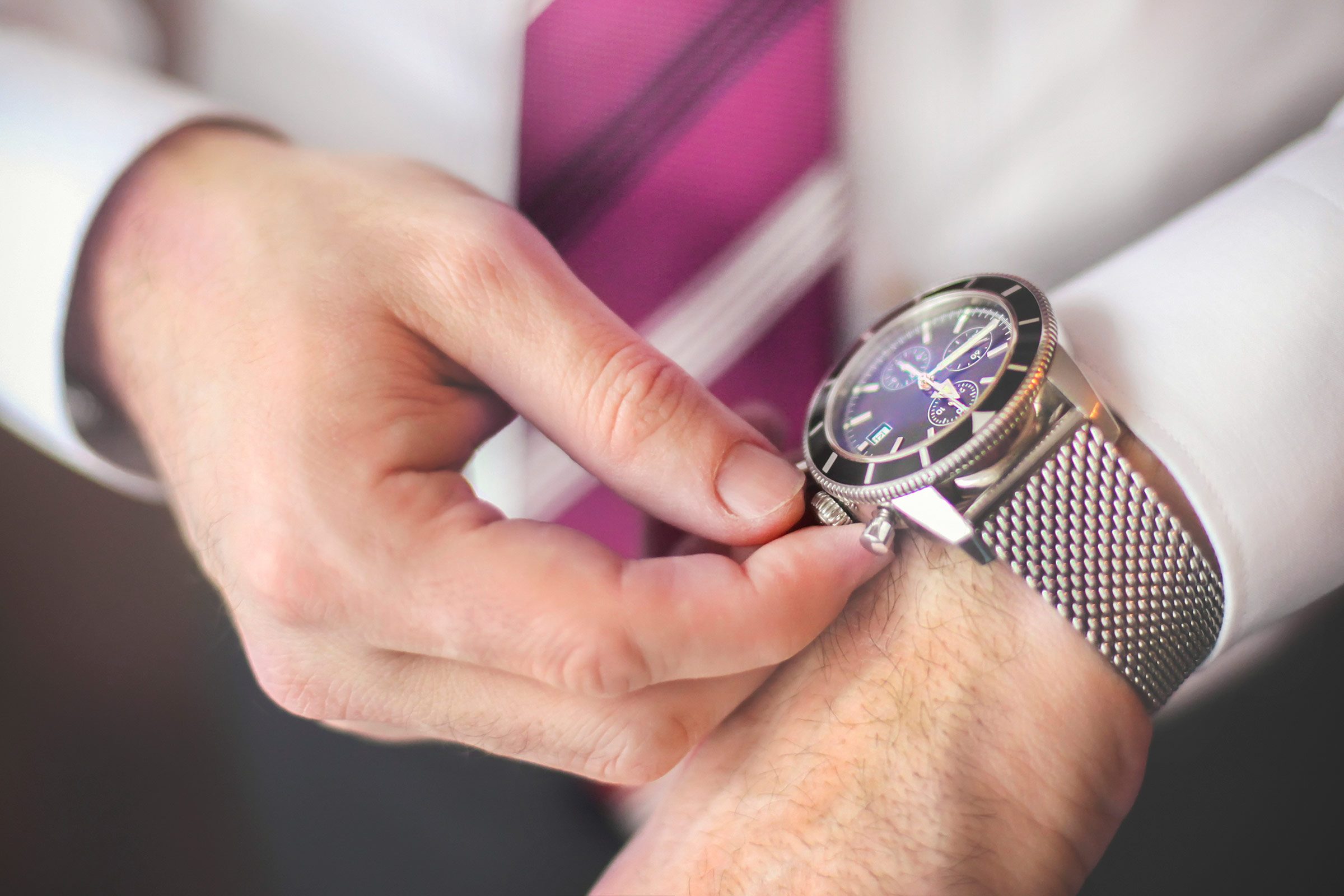
9. Get results with the 20-second rule.
What’s the difference between having a goal and actually accomplishing it? Just 20 seconds, says positive-psychology guru Shawn Achor. Researchers have learned that if we can lop 20 seconds off the startup time required for a task, we’re much more inclined to follow through. So, for instance, if you want to work out in the morning, place your shoes and exercise clothes next to your bed the night before. If you want to praise people more, put thank-you notes and a pen on your desk.
Shawn Achor is the author of The Happiness Advantage.
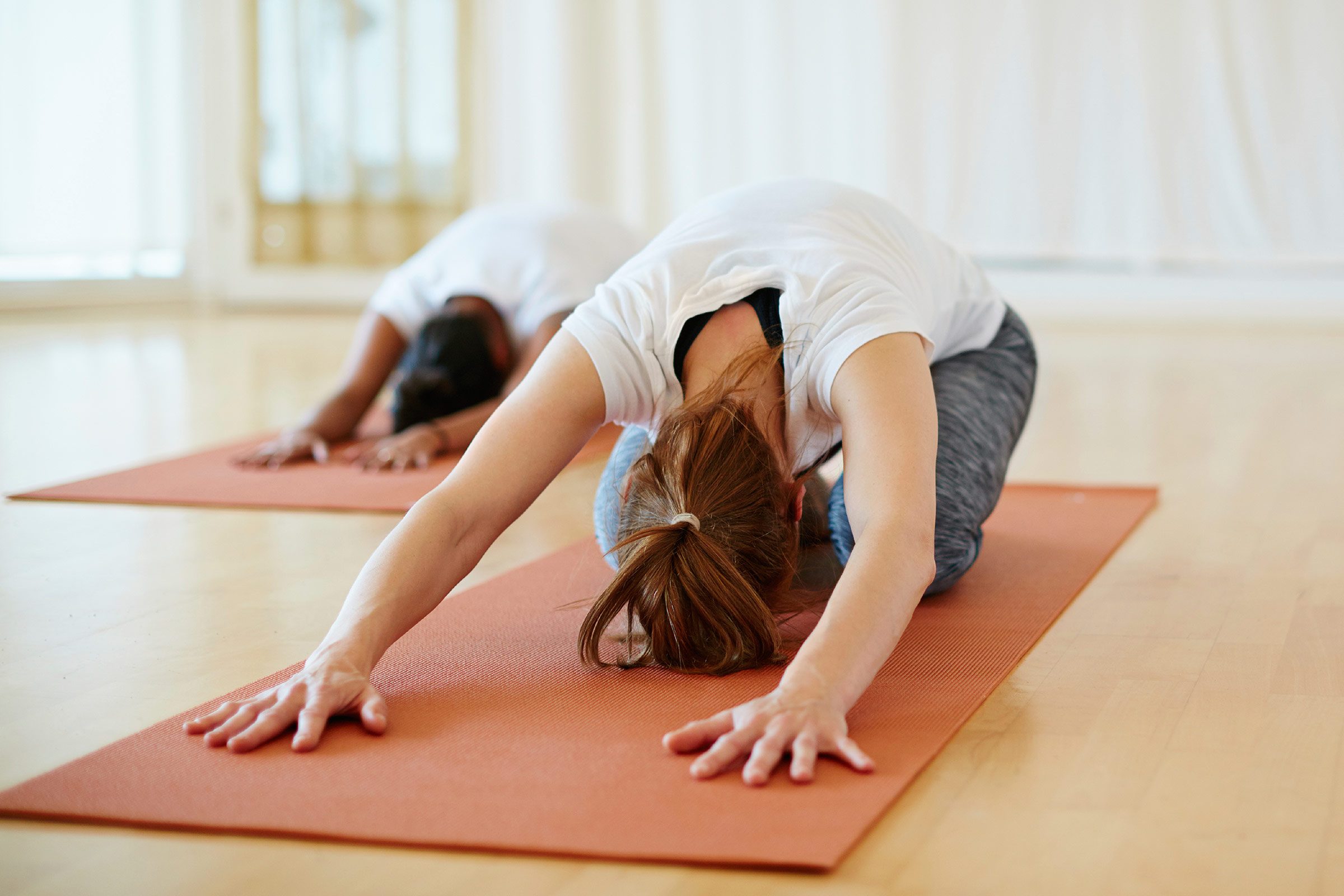
10. Hit the yoga mat to relieve pain.
As a treatment for back pain, regular yoga has advantages over more conventional methods like physical therapy, says Peter Abaci, MD, medical director of the Bay Area Pain & Wellness Center in Los Gatos, California. The ancient practice has also been shown to soothe other aches as well—probably because of the way it connects your mind, your breathing, and the movements of your body.
“Yoga works the whole body, not just one part,” Dr. Abaci says. “When a person is in chronic pain, usually his whole body changes, and treating only the part that was originally injured or is hurting is not enough.” Find a yoga class at your local gym. Dr. Abaci also recommends this DVD for beginners: Viniyoga Therapy for the Low Back, Sacrum & Hips with Gary Kraftsow.
Dr. Peter Abaci is the author of Take Charge of Your Chronic Pain.
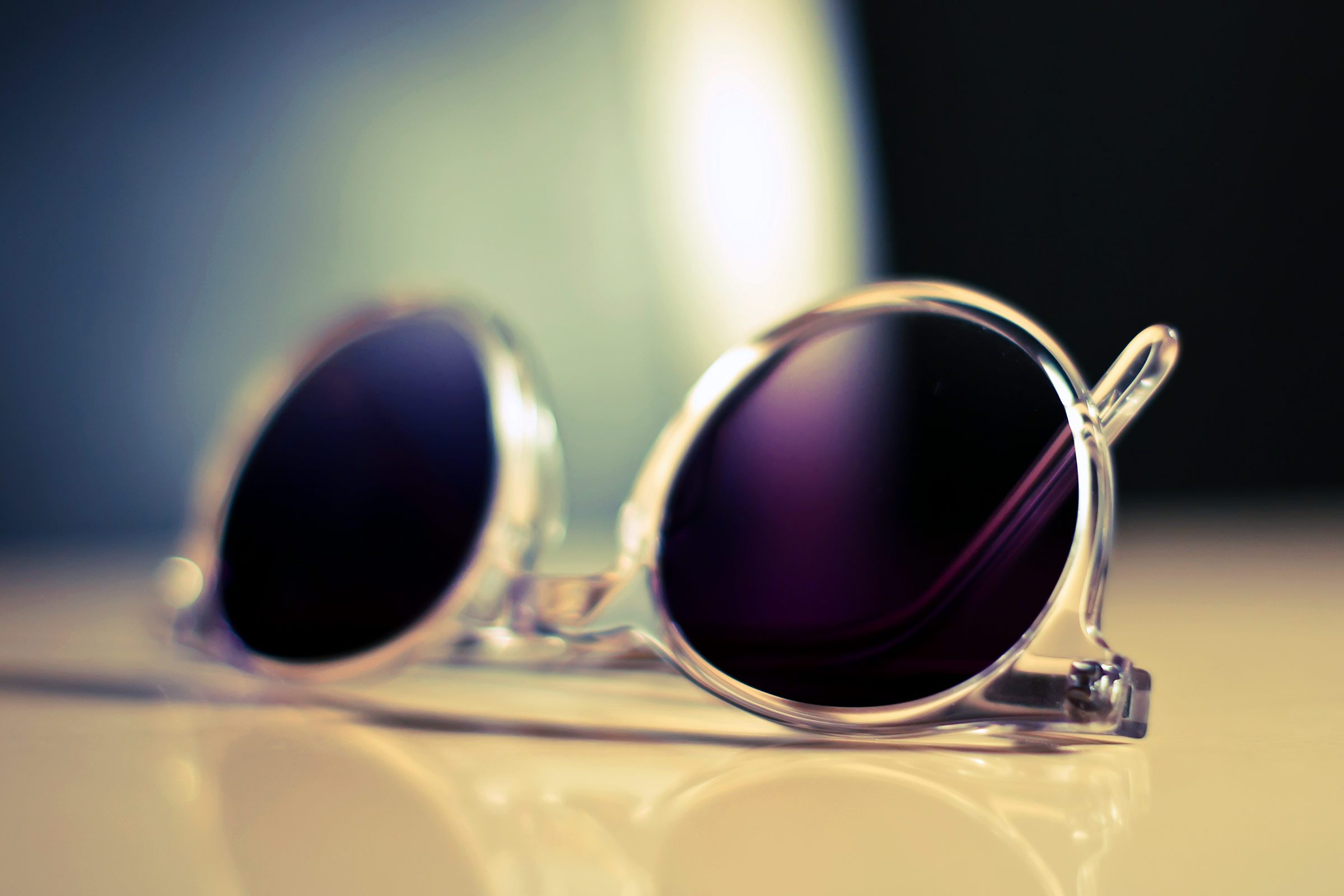
11. Pick up some sleep shades.
The blue light emitted by your computer screen, smart phone, and television stimulates your brain, making it harder to fall asleep. But even insomniacs typically aren’t willing to give up screen time for the recommended hour or two before bed, says Lisa Shives, MD. So she’s found another solution: blue-light-filtering glasses. Put them on if you’re using the computer before bed, and you’ll sleep much better, Dr. Shives says. Find them at safetyglassesusa.com/amberlens.html.
Dr. Lisa Shives is the founder of NorthshoreSleep Medicine in Evanston, Illinois.

12. To feel better, imagine the worst.
Don’t count your blessings; subtract them. “Consciously spend a few minutes imagining what your life would be like without the good things,” says Timothy Wilson, a psychologist at the University of Virginia. You’ll experience stronger feelings of love, gratitude, and happiness when you think about what life would be like without the people and things you love. “And they’ll seem surprising and special again,” he adds.
Timothy Wilson is the author of Redirect: The Surprising New Science of Psychological Change.

13. For a good night’s rest, keep your cool.
Insomniacs who wear a cap that keeps their brain cool not only sleep better but also sleep as well as people without any sleep problems, a University of Pittsburgh School of Medicine study found recently. While cooling caps aren’t yet available at your local drugstore, you could try this alternative strategy from insomnia specialist Lawrence Epstein, MD: Promote a drop in your body (and brain!) temperature by taking a warm bath 30 minutes to an hour before you hit the sack. Your body’s own natural cooling system will take over in response. Simpler yet, keep your bedroom temp low (no warmer than 65 degrees) and bury all but your head under the covers.
Dr. Lawrence Epstein is chief medical officer of Sleep HealthCenters in Brighton, Massachusetts.

14. Focus less on the kids, more on your spouse.
You’re probably already devoting enough quality time to your children, says Stephanie Coontz, director of research at the Council on Contemporary Families. Parents today spend a lot more time with their kids than parents did in, say, 1965, when most mothers didn’t even work outside the home. Whom should you be hanging with? Your spouse and other adults, Coontz says. A vital and romantic marriage requires constant renewal—new stories, experiences, and memories. So cancel family night occasionally and skip out with your spouse. Better yet, make it a double date.
Stephanie Coontz is the author of Marriage, a History: How Love Conquered Marriage.
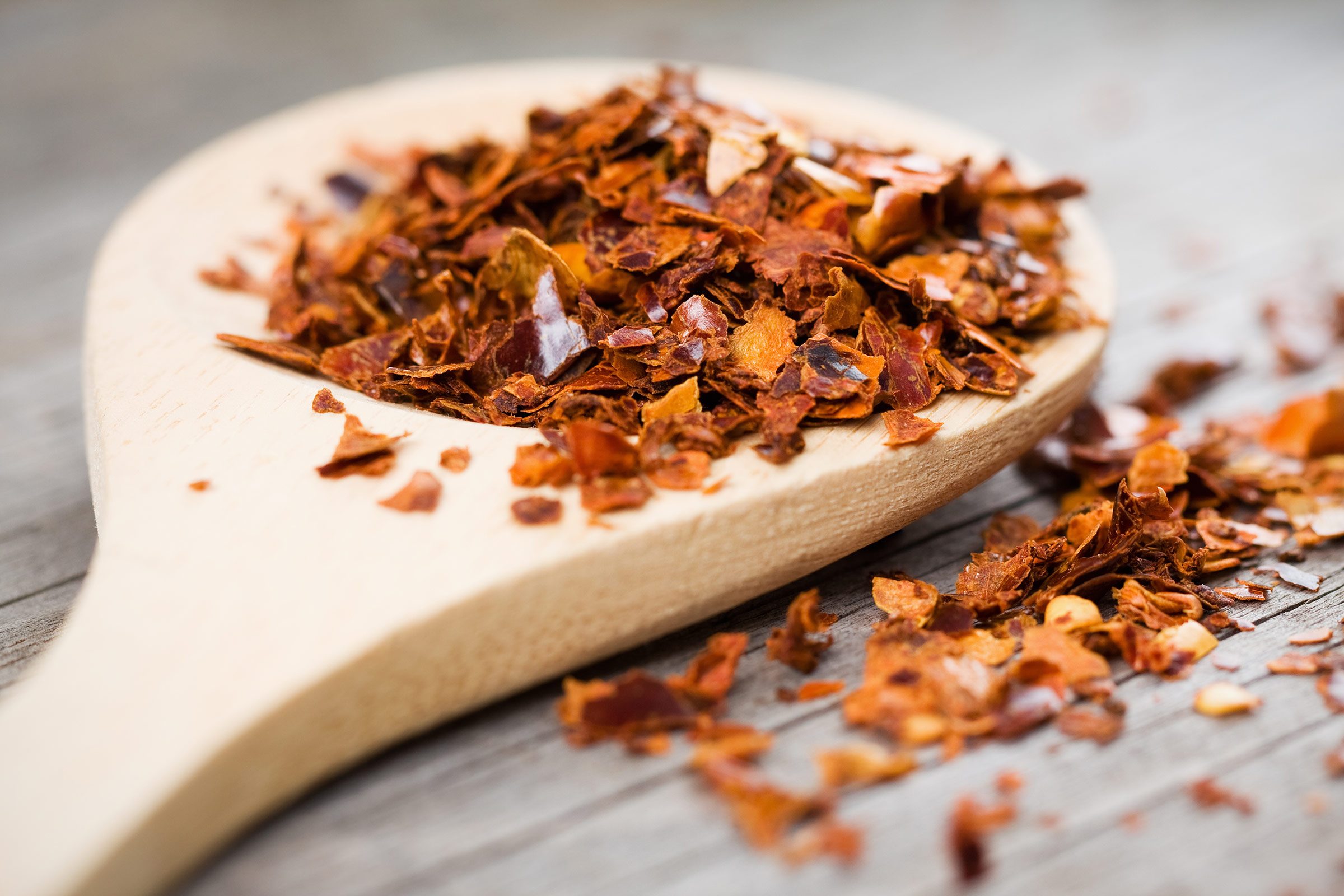
15. Rev up with the spice of life.
Hot chili peppers do more than just give you a warm and tingly flush. The active ingredient in the peppers, capsaicin, also stokes your metabolism for an hour after you eat it, says celebrity chef Jennifer Iserloh, who developed recipes for Joy Bauer’s Food Cures. Eating spicy foods also helps you feel full faster, so you won’t overeat, and the peppers, low in calories, are good sources of vitamin C. Start by sprinkling a few red chili flakes over Italian dishes, Iserloh suggests, or by subbing a fresh jalapeño for a bell pepper in a recipe.
Jennifer Iserloh is the author of Secrets of a Skinny Chef.
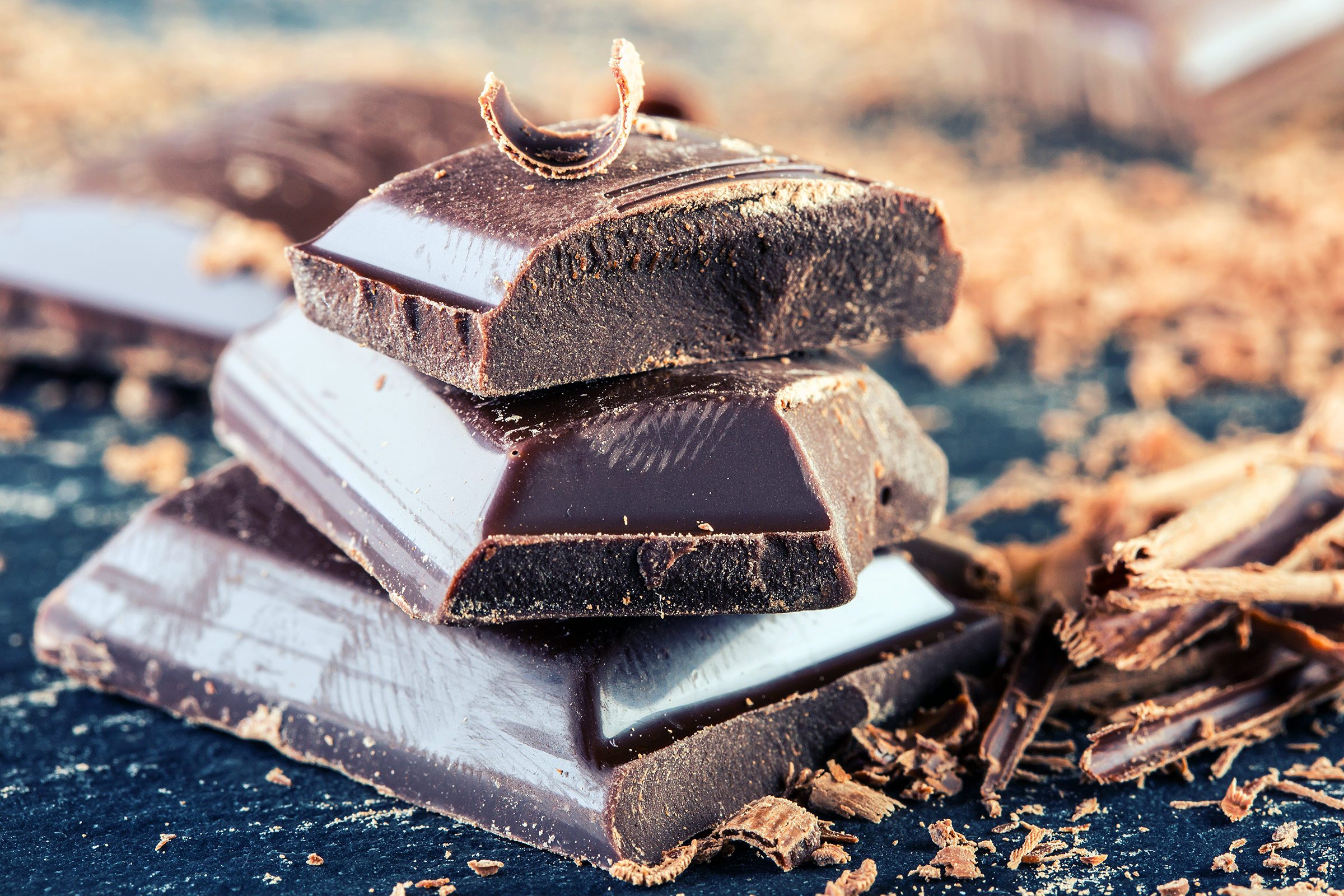
16. Kick off your day with chocolate.
A square of dark chocolate has just the right amount of theobromine (a cousin to caffeine) to wake you up but not enough to cause a crash later, says chronic-fatigue specialist Jacob Teitelbaum, MD. It’s also chock-full of antioxidants, may decrease heart attack risk, lifts mood—and tastes delicious. Try it as a midmorning snack!
Dr. Jacob Teitelbaum is medical director of the nationwide Fibromyalgia & Fatigue Centers.
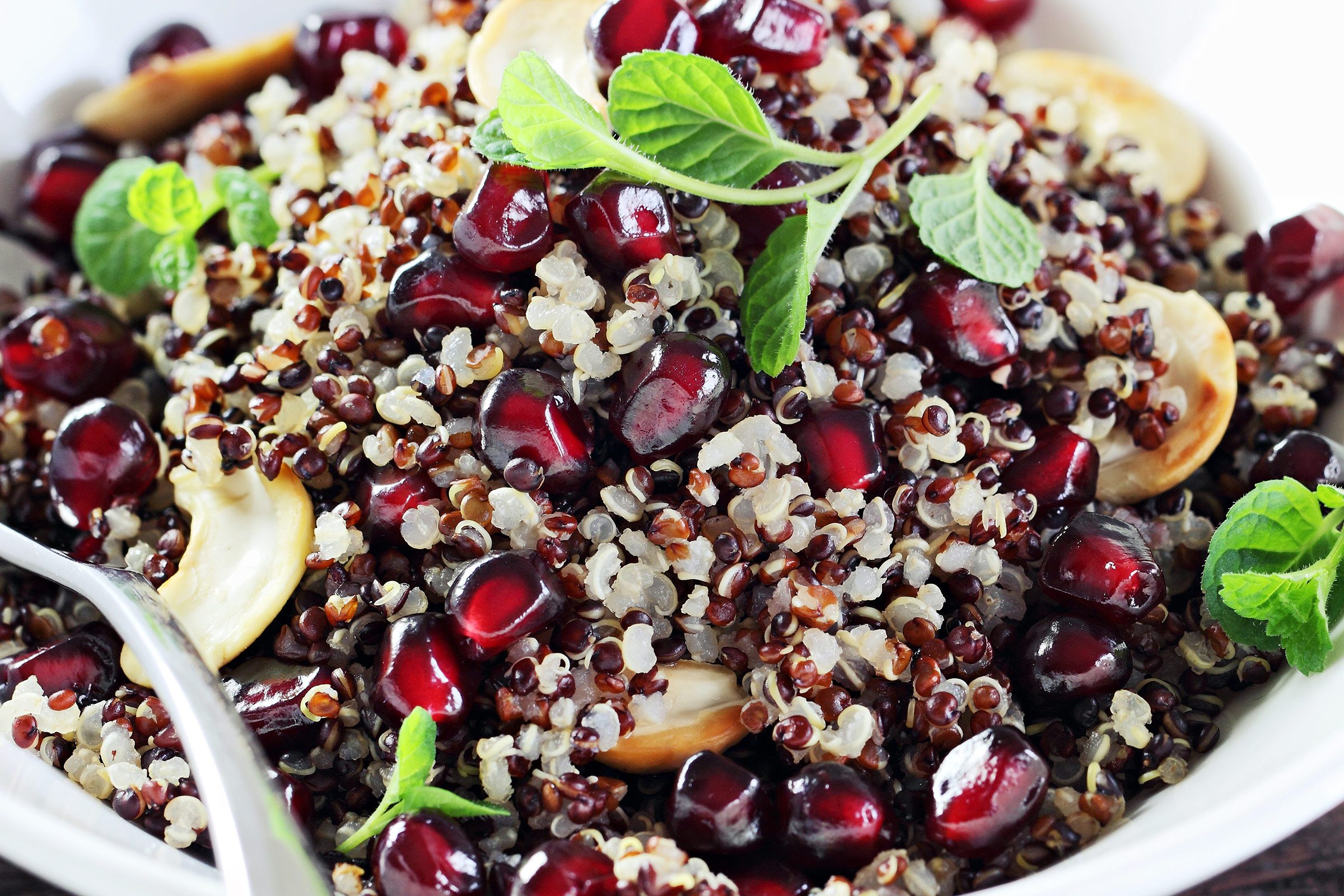
17. Eat more quinoa
Rich in protein, fiber, and hard-to-get magnesium, which protects against hypertension, quinoa has a well-deserved reputation as a “super food.” (A typical serving has twice as much protein and eight times as much fiber as a serving of white rice.) But some people find that it can taste a little bland. Restaurant chefs have a secret that’s not included in the directions on the box, says Scott Uehlein, corporate chef for Canyon Ranch: They toast it first. “That gives it the most incredible nutty, rich flavor,” he says. Simply spread quinoa on a tray and place it in a 350-degree oven for eight to ten minutes, until it’s golden brown, then cook it up in a pot according to instructions.The technique also improves the taste of other so-called super-grains, Uehlein says, including buckwheat and millet.
Scott Uehlein is the author of Canyon Ranch Nourish: Indulgently Healthy Cuisine.
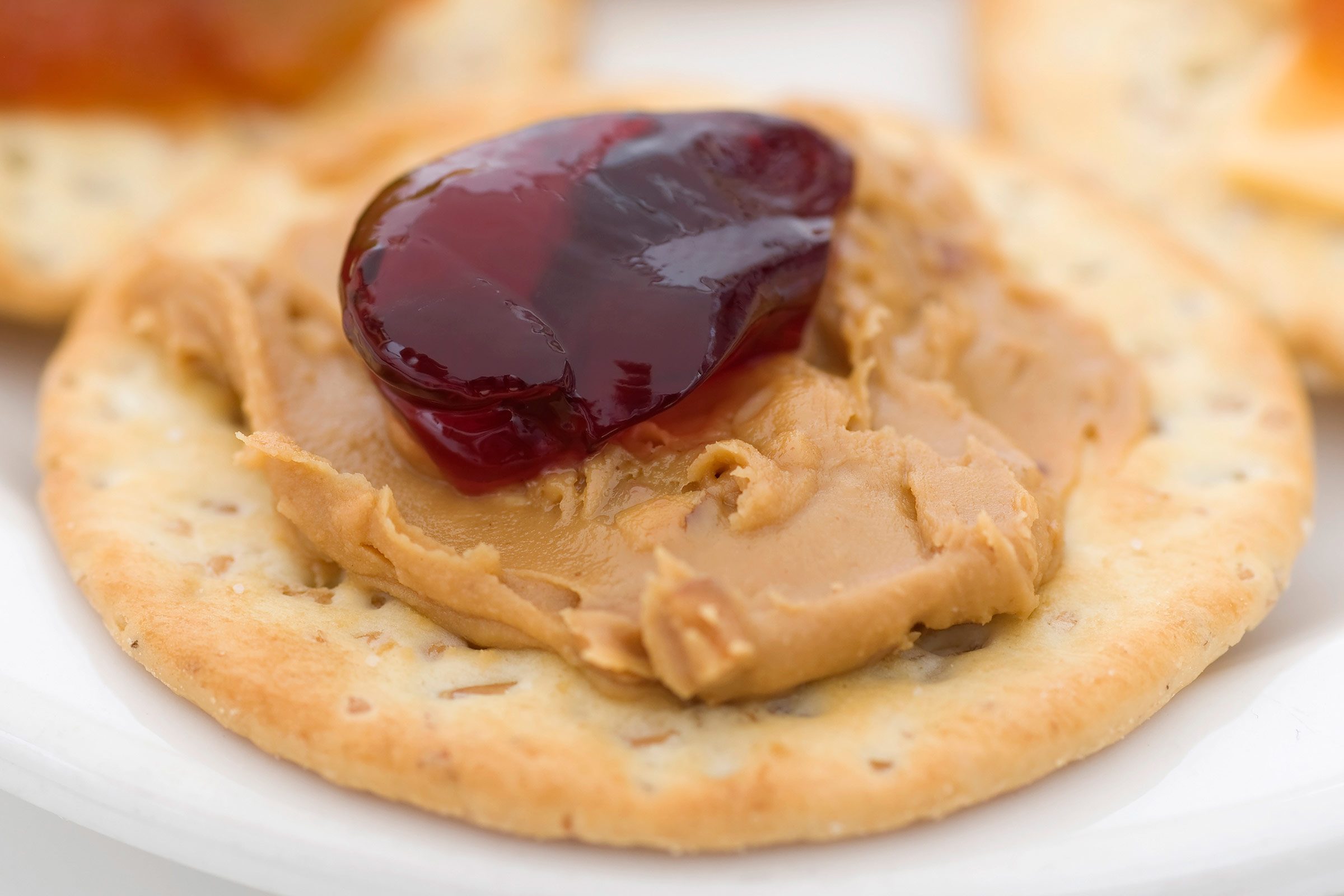
18. Snack on real energy foods.
When you need something to snap you out of your midafternoon funk, it may be tempting to grab an energy bar for a little boost. Don’t, says Pam Peeke, MD. Most of them are intended for elite athletes, not regular folks, and have at least 30 grams of refined, processed sugar, which will stimulate your appetite, not quell it. “If you’re hiking for six hours or you just ran a marathon, they’re fine,” she says. “Otherwise, think of them as glorified candy bars.”
Try Dr. Peeke’s favorite pick-me-up instead: two Wasa multigrain crackers, spread with two tablespoons of crunchy organic peanut butter and one tablespoon of low-sugar blueberry preserves. They’ll give you the quick but lasting turbocharge you crave, thanks to the combo of fat, protein, and fiber.
Dr. Pam Peeke is the author of Body for Life for Women.

19. Switch to grass-fed beef.
Sure, it’s more expensive, but the health benefits make it worth the splurge, says Drew Ramsey, MD. Compared with conventional beef, a grass-finished steak is lower in fat and calories and delivers more heart-healthy omega-3 fatty acids. It also contains more conjugated linoleic acid, a nutrient that may lower cancer risk, protect brain cells, and redistribute belly fat. You can find it at specialty stores and your local farmers’ market.
Dr. Drew Ramsey is a psychiatrist in New York City and coauthor of The Happiness Diet.

20. To boost esteem, get into your friend’s head.
If you’re engaged in an endless round of self-criticism over some perceived failure, back down. Simply being nice to yourself will not only help you achieve your personal goals but also help you be happier and less stressed out, say investigators who are spearheading new research on compassion. To ramp up your self-compassion, try writing a letter to yourself about something you’ve been struggling with in the voice of a trusted pal, suggests Kristin Neff, a life-development specialist at the University of Texas.
“Imagine you are an empathetic friend and think, What would this person write to me about this situation? What would she say about what I’m going through?” Neff says. “We’ve found that most people have a much easier time being self-compassionate if they pretend to be someone else.”
Kristin Neff is the author of Self-Compassion: Stop Beating Yourself Up and Leave Insecurity Behind.